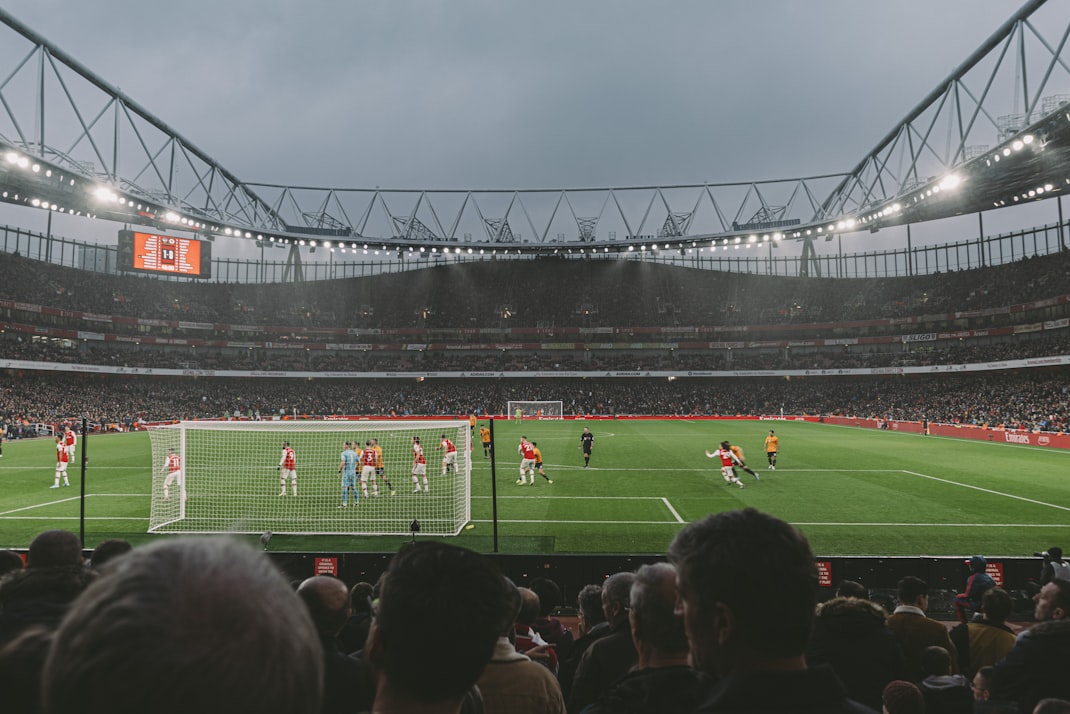Classic Formation Could be the Key to Ireland’s Resurgence
The 2024 European Championship in Germany has provided the Republic of Ireland with some interesting tactical pointers they could use to spark a resurgence.
Several smaller nations have defied their underdog status to upset the big guns using a formation which many people thought had become redundant.
The classic 4-4-2 formation set-up has been relegated to the fringes of tactical discussions in recent years, but it has enjoyed a revival at Euro 2024.
Slovenia utilised the formation to great effect at the showpiece tournament in Germany, defying the odds to reach the knockout phase for the first time in their history.
Belgium also implemented the system in their last-16 showdown against France, emphasising the resurgence of 4-4-2 on the international stage.
Given the Republic of Ireland have struggled to make their mark in recent years, a tactical switch could be the steel that sharpens their competitive edge.
If Ireland can successfully implement the 4-4-2 system in time for the 2026 World Cup qualifiers, their odds to qualify for the tournament would be slashed.
Most online betting sites in Ireland have written off their chances of qualifying, but may regret that stance if the coaching staff take some tactical cues from Euro 2024.
Irish punters have not had much to cheer about when backing the team in recent years and would undoubtedly welcome the introduction of a different system.
O'Shea Still Searching for the Right Set-Up
After replacing Stephen Kenny as Ireland's interim manager, John O'Shea wasted no time implementing his tactical ideas.
He began his tenure with a 3-4-3 formation, hoping to revitalise the team's fortunes and bring out the best in their attacking potential.
The improvements were evident in his managerial debut against Belgium. However, the tactical tweak didn't translate into a win, as Ireland failed to upset the odds.
O'Shea experimented with a 5-4-1 formation in the subsequent friendly fixture against Switzerland. The Irish side put up a decent fight but ultimately succumbed to a 1-0 defeat.
The aim of the system was to solidify the defence while relying on counter-attacks, but it didn't provide the offensive spark Ireland needed to secure a positive result.
The former Manchester United defender reverted to the 3-4-3 formation for the final two friendly fixtures against Hungary and Portugal last month.
A late goal from Tottenham Hotspur striker Troy Parrott helped Ireland secure a hard-fought 2-1 win against Hungary. However, O'Shea's side fell to a 3-0 defeat against Portugal.
His record of one win from three games with the 3-4-3 system isn't terrible on paper. It suggests a team capable of competing but not yet firing on all cylinders.
However, switching to a 4-4-2 system could be the key to unlocking the full potential of the highly talented Irish squad.
Taking a Page from Slovenia's Euro 2024 Exploits
Ireland should take inspiration from Slovenia's exploits at Euro 2024. They sent shockwaves throughout Europe by effectively utilising the 4-4-2 system.
The formation allowed Slovenia to maintain a solid defensive structure while being effective on the counter-attack, providing a balanced approach that caused problems against stronger opponents.
It was the key to Slovenia securing a historic spot in the knockout stage. After picking up three points in the group phase, Slovenia qualified as one of the best-ranked third-place teams.
Despite facing England, Denmark and Serbia, they progressed to the knockout phase unbeaten. They even held the Three Lions to a goalless draw, a result that cemented their place in the last-16.
Slovenia’s defensive prowess continued against Portugal, with the team taking the game to a penalty shoot-out. Portugal triumphed, but Slovenia left an undeniable mark on the tournament.
Their success with the 4-4-2 formation is a blueprint Ireland could follow. The simplicity of the system is its strength, offering clear roles and responsibilities to the players.
Ireland can maintain a compact defensive shape with two banks of four, making it difficult for opponents to break them down. The two strikers can press high, disrupt the opposition’s build-up play and exploit any defensive lapses.
The 4-4-2 also allows for quick transitions from defence to attack, making it ideal for counter-attacking football, which is Ireland's best bet if they want to progress to the World Cup.
Evan Ferguson and Troy Parrott could form a potent strike partnership, with one player dropping deep to link up play while the other stretches the defence.
Blackburn Rovers star Sammie Szmodics could also be utilised in his preferred second-striker role, while Ferguson plays as the target man.
As Euro 2024 has shown, sometimes the archaic approach can yield the most effective result, and Ireland should consider taking a page from Slovenia’s book to create their own success story.


















